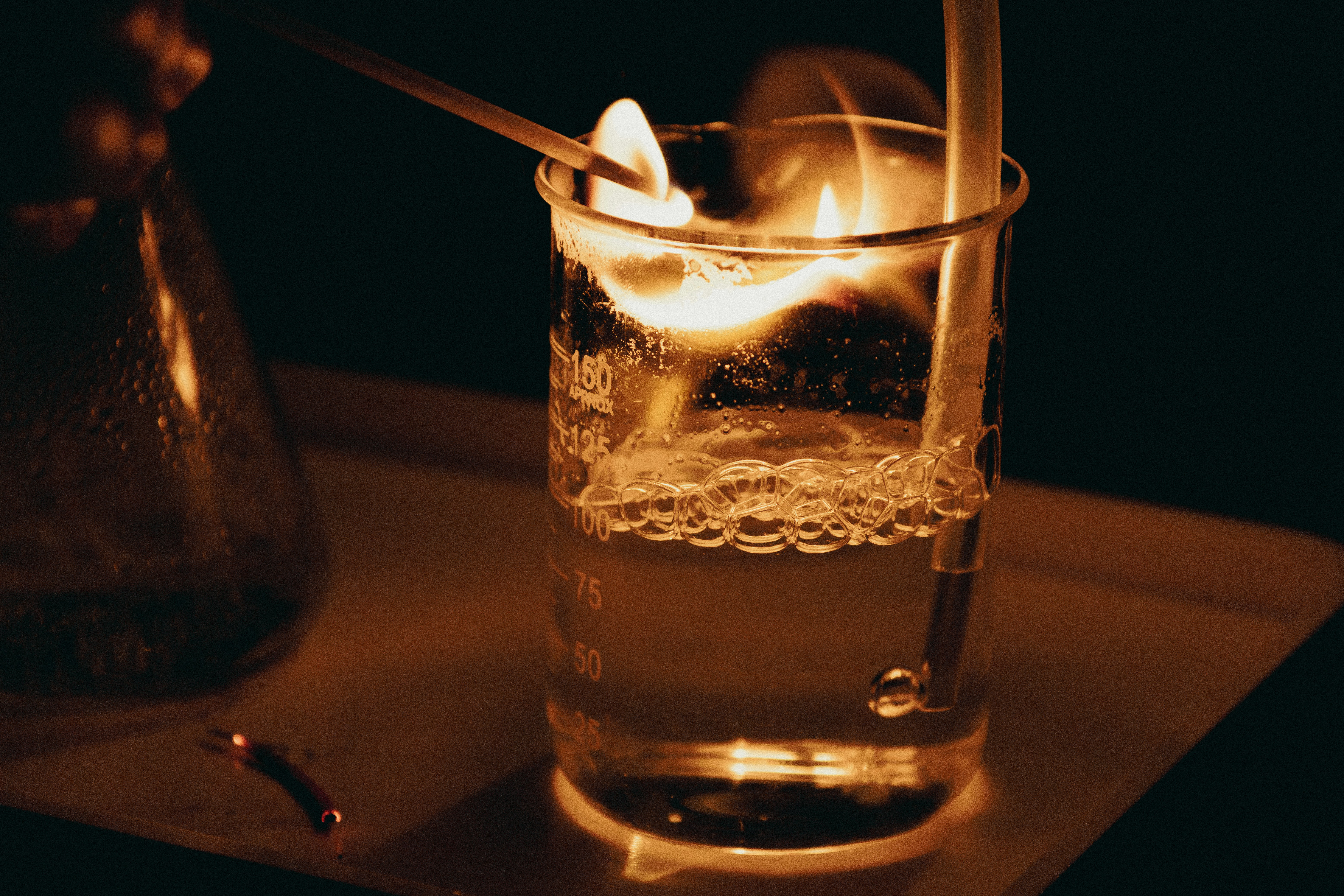Epoxy paints are highly resistant and durable, making them ideal for demanding environments. However, their performance does not only depend on the resin and hardener but also on specialized additives, which ensure application quality and defect-free results.
What Are Antifoaming Additives in Epoxy Paints?
Imagine applying an epoxy coating to a metal surface, only to find that air bubbles have formed within the mixture. If these bubbles remain trapped during curing, the surface will end up with imperfections and weak points that compromise durability. This is where antifoaming additives come into play—they act like an expert technician who detects and eliminates these defects before they become a problem
During the mixing and application of epoxy paints, unwanted bubbles and foam can form, leading to surface defects, weak spots, and poor aesthetics. Antifoaming additives are used to prevent and eliminate this issue, ensuring a smooth, uniform coating.
These additives work by breaking the surface tension of bubbles, allowing trapped air to escape before the paint cures. They also help reduce the incorporation of air during mixing, preventing microfoam from forming in the first place.
Benefits of Using Antifoaming Additives
Elimination of surface defects
Prevents foam-related imperfections, ensuring a flawless finish.
Reduces the formation of microbubbles, improving coating uniformity and durability.
• Enhanced mechanical and chemical resistance
Helps maintain the integrity of the coating by preventing weak spots.
• Improved appearance
Ensures a professional, high-quality finish free from trapped air or surface irregularities.
Conclusion
Antifoaming additives play a crucial role in maintaining coating quality by preventing defects caused by trapped air.
Choosing the right additives can make a significant difference in the quality and resistance of epoxy paint. A technical detail, but a crucial one, in the formulation of a successful coating.
Copyright ©️ 2024, COSMOS Coatings.
